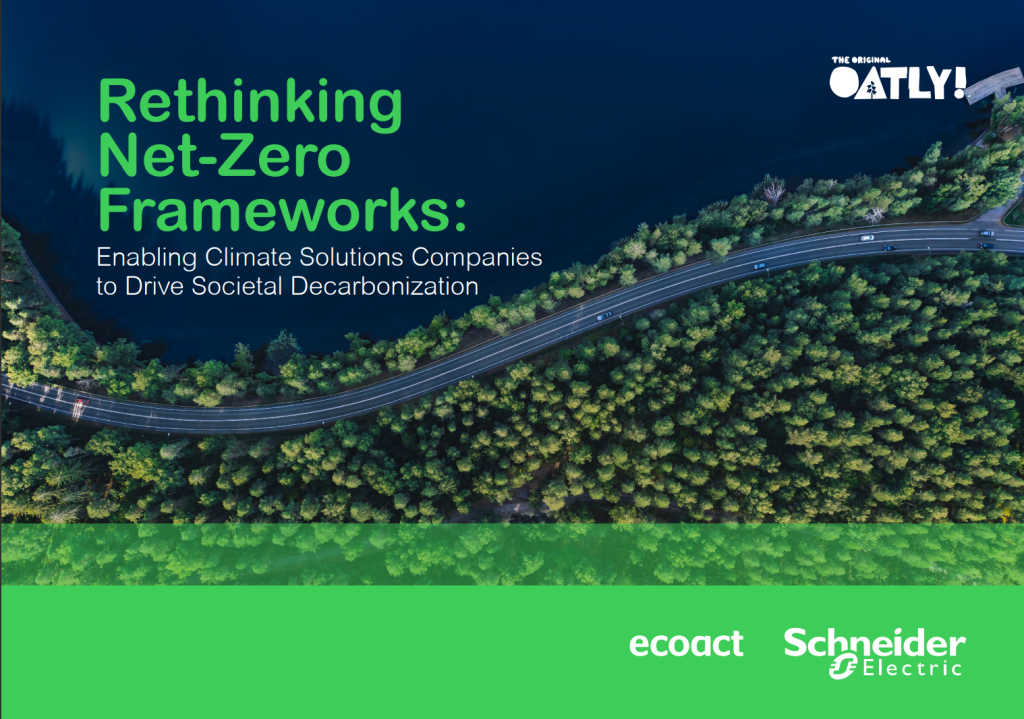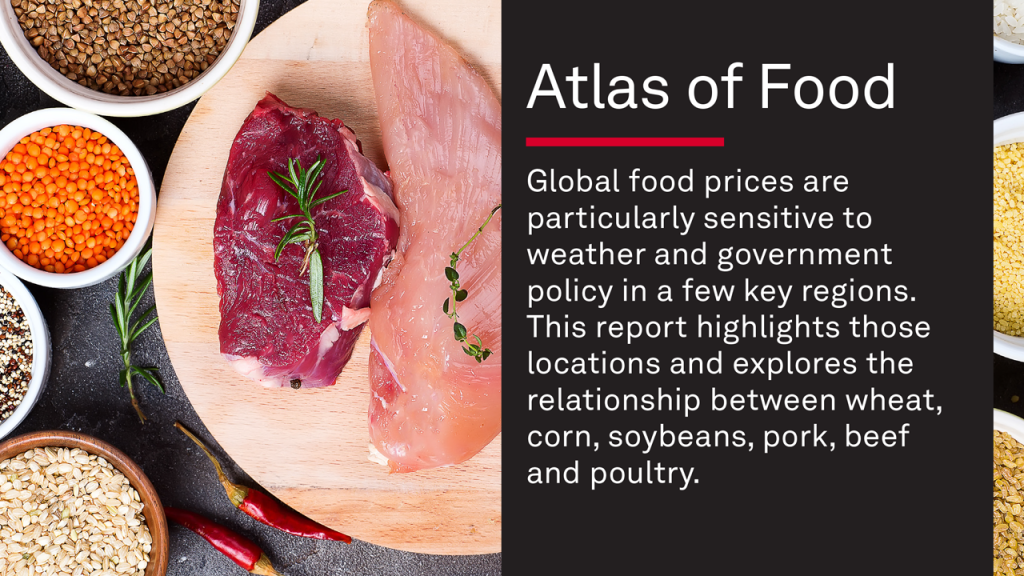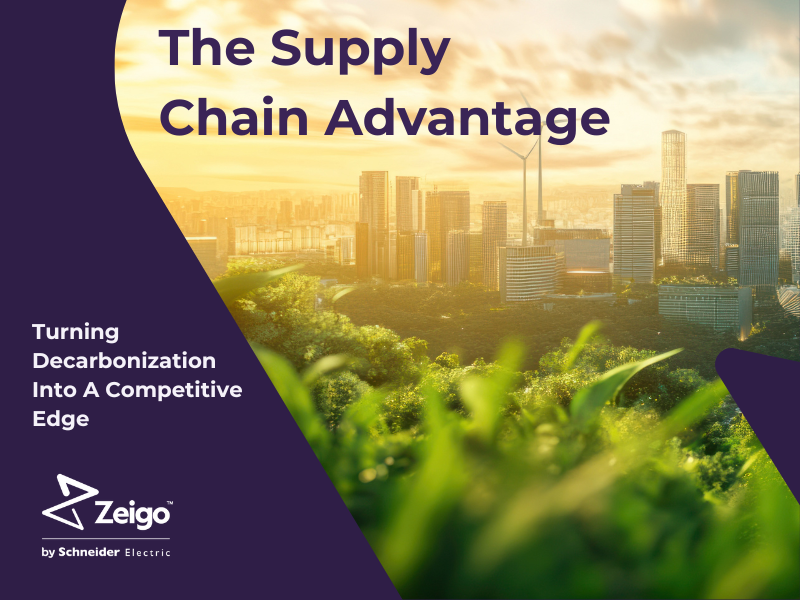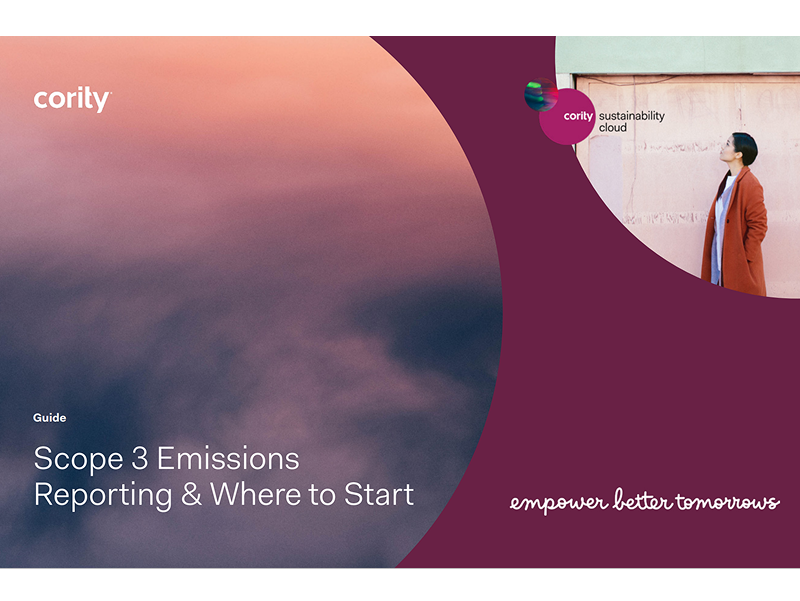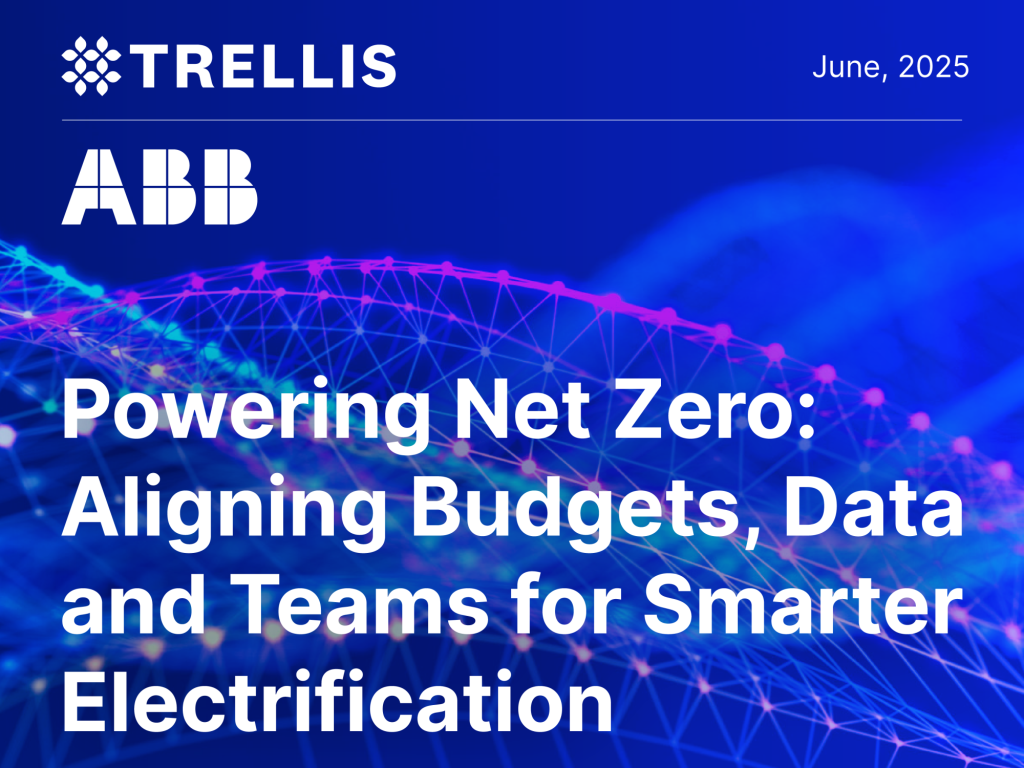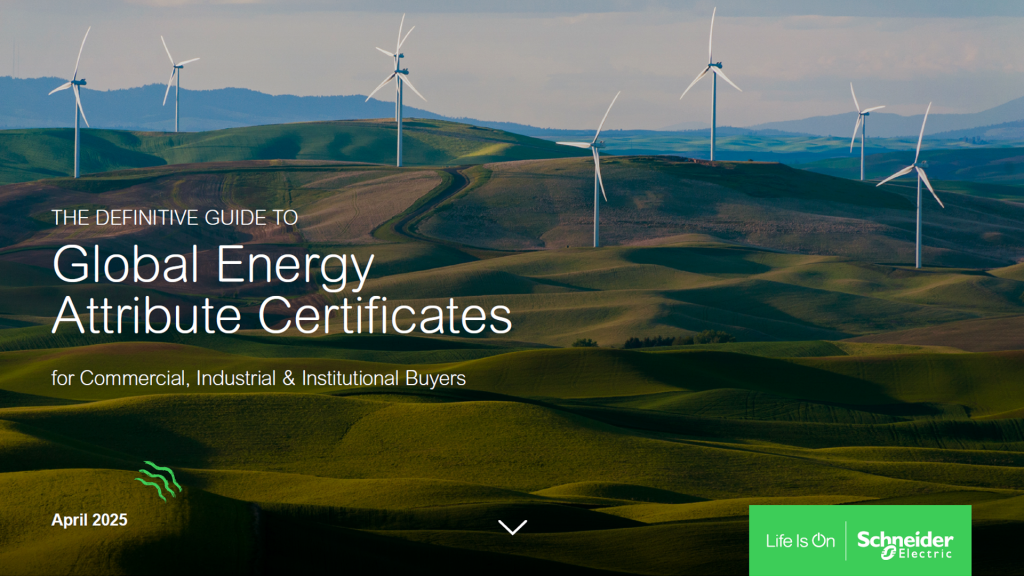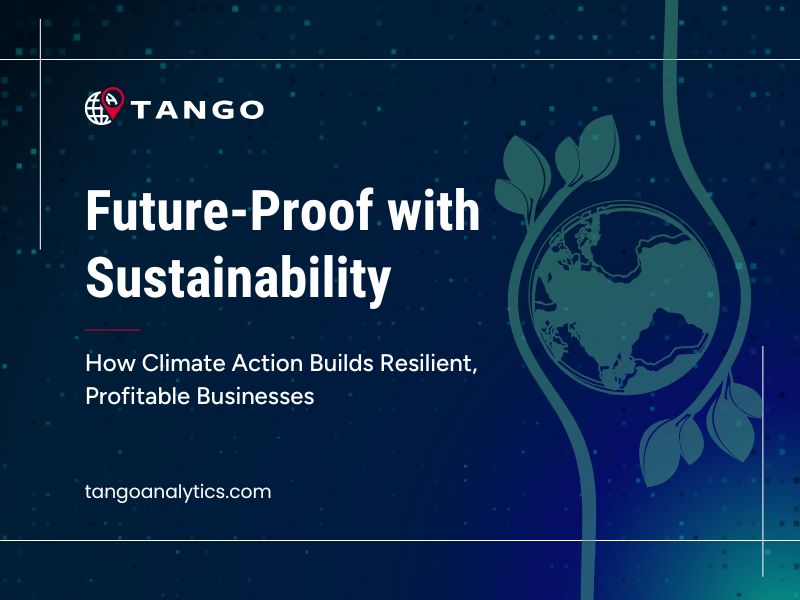The new era of carbon reporting
Carbon reporting has become a strategic priority. Here’s how companies are approaching it differently this year. Read More

Carbon reporting has entered a new era. It’s no longer just about whether you disclose emissions; the focus is now on how accurate, accessible and credible your carbon inventory is.
Pressure is building from all sides: investors, customers, prospects and even competitors. In 2023, more than 23,000 companies voluntarily disclosed environmental data through CDP, nearly double the number from just two years earlier. The sharp rise shows how quickly expectations have changed, even without regulatory mandates.
As a carbon accounting provider working with companies around the world, this shift is something we’ve observed firsthand at Normative. Carbon reporting is no longer treated as a compliance task. For many organizations, it’s becoming a strategic capability, and how you approach it this year could determine how well you’re positioned for what comes next.
What’s shifting in reporting season
- Data is getting more distributed
Carbon data is no longer just a sustainability concern. Departments like finance, procurement, operations and IT are now essential to the process, not just because they have access to the right data, but because change becomes easier when people understand the why.
Cross-functional involvement alone doesn’t lead to better reporting. The shift we’re seeing at Normative is structural. Organizations making progress are building systems that ensure consistency across teams. That means agreeing on what’s being measured, aligning on ownership, and making sure data can be interpreted across functions and over time.
Just as important, they’re investing in upskilling colleagues across the business, especially in data-heavy functions like procurement and finance, to ensure the people closest to the data understand what to report and why it matters. That’s why many companies choose Normative: Every account is supported by a GHGP-certified climate strategist who works alongside internal teams to guide structure, scope and quality.

The biggest challenge isn’t collecting emissions data. It’s making it meaningful. More companies want to go beyond headline totals to understand where emissions are concentrated, which suppliers have the greatest impact and where action is feasible. That requires structure, accountability and tools that can translate complexity into decisions. The companies making real progress aren’t treating reporting as a task. They’re using it as a lens to make better choices.
- Scope 3 is growing – so is the focus on what’s actionable
Scope 3 emissions are no longer optional. Indirect emissions from purchased goods, logistics, travel and end-of-life are now central in most reporting frameworks, and companies are expected to account for all material categories.
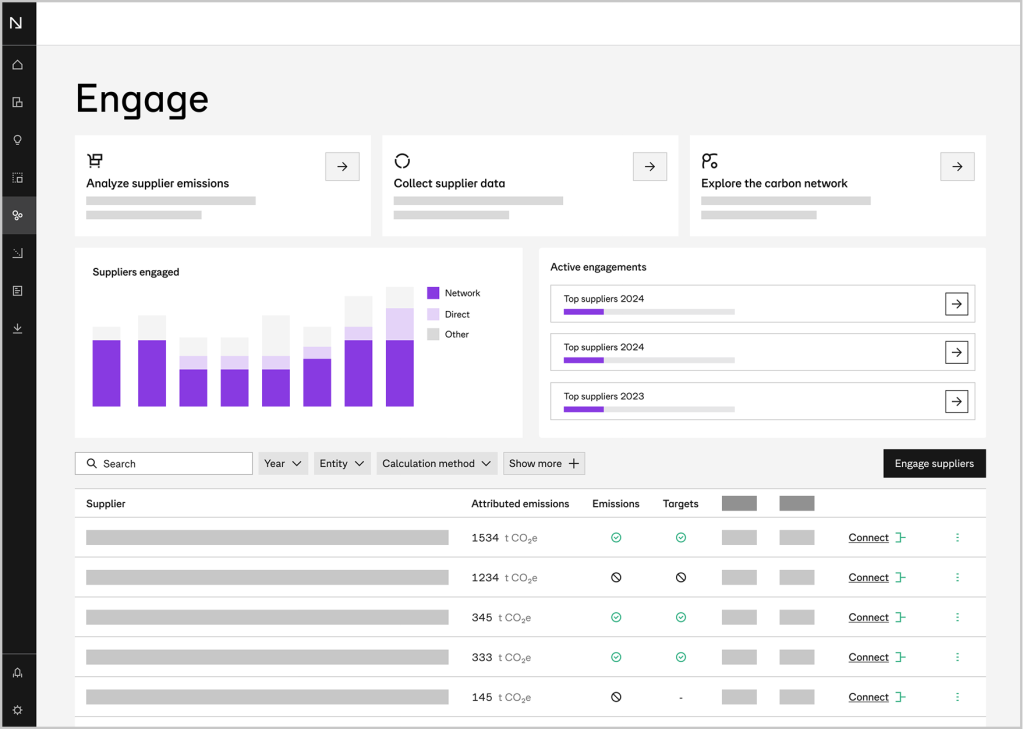
But as coverage becomes more comprehensive, mindsets are evolving. Many organizations already have broad Scope 3 inventories in place. With that foundation, they’re now able to prioritize the parts of their footprint where they have the most control, reliable data, and a clear path to action. Now the focus is shifting toward what actually drives emissions and where influence is possible, prioritizing high-impact categories and supplier relationships that can lead to measurable reductions.
- Earlier deadlines are raising the stakes
Reporting timelines are compressing, with some companies now facing January deadlines, well before financial close. These tighter windows are testing how well decentralized systems perform under pressure, and whether carbon data can meet the same cadence and scrutiny as financial reporting.
We’re seeing companies shift away from reactive data gathering toward integrated systems that support speed and reliability. The focus is on minimizing manual work, surfacing issues earlier and maintaining consistency across reporting cycles, so teams can spend their time validating insights, not fixing spreadsheets.
The shift isn’t just about meeting a deadline. It’s about building a reporting workflow that is repeatable, auditable and fast enough to support real business decisions.
Why spreadsheets are still holding some companies back
Despite the shift toward structured, strategic reporting, some companies continue to rely on spreadsheets, often due to cost pressures or because sustainability has been deprioritized.
But the landscape is moving fast, and that gap is becoming harder to ignore. As some organizations adopt real-time carbon systems, others risk falling behind, unable to meet stakeholder expectations, support audits or scale beyond manual work.
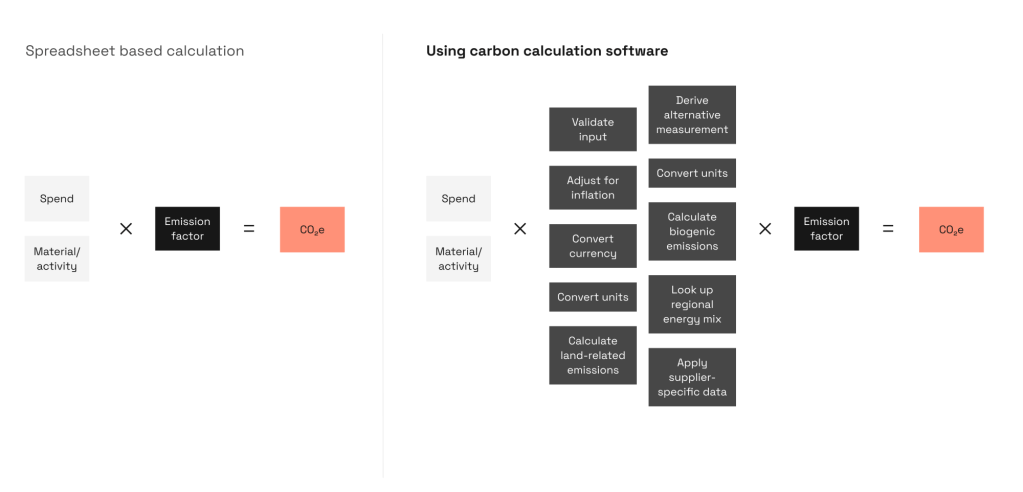
The limitations are well known: Spreadsheets lack traceability, break under scale and introduce risk at every step. They simply weren’t built for the complexity or speed required today.
Checklist: What business leaders should prioritize now
Whether you’re reporting for the first time or preparing for external assurance, here’s what senior leaders should lock in before the next reporting cycle:
- Align your reporting period: Match your carbon reporting period to your fiscal year for consistency across systems and planning.
- Choose your emissions boundary approach: Decide how your organization defines ownership of emissions:
- Operational control: Emissions from operations you manage directly (most common)
- Financial control: Based on financial authority or ownership structures
- Equity share: Proportional to your ownership in joint ventures or subsidiaries
- Assign roles across functions: Clarify who owns which parts of the data. Finance, procurement, IT, HR and sustainability all play a role. Avoid gaps and overlaps.
- Engage suppliers early: Scope 3 hinges on supplier data. Identify high-impact suppliers, set expectations and support them with tools or templates.
- Invest in scalable systems: If your reporting still relies on spreadsheets and email, it’s time to modernize. Platforms like Normative enable audit readiness, consistency and long-term credibility.
Learn more: Sustainability reporting season webinar
Want to understand how to build a carbon reporting process that can handle more stakeholders, more data and tighter timelines? Join Normative’s upcoming webinar on sustainability reporting season: what’s new and how to ace it.
Whether your company is reporting for the first time or refining a mature program, you’ll get expert guidance on how to:
- Involve more colleagues in data collection without sacrificing quality
- Build a workflow that meets deadlines and supports decision-making
- Move beyond spreadsheets and manual processes
- Prepare for audit and evolving stakeholder expectations
You’ll hear from Normative’s GHGP-certified climate experts, with time reserved for live Q&A to address your specific challenges.
Date: October 23, 2025
Time: 15:00–15:45 CEST / 14:00–14:45 BST / 9:00–9:45 EST



